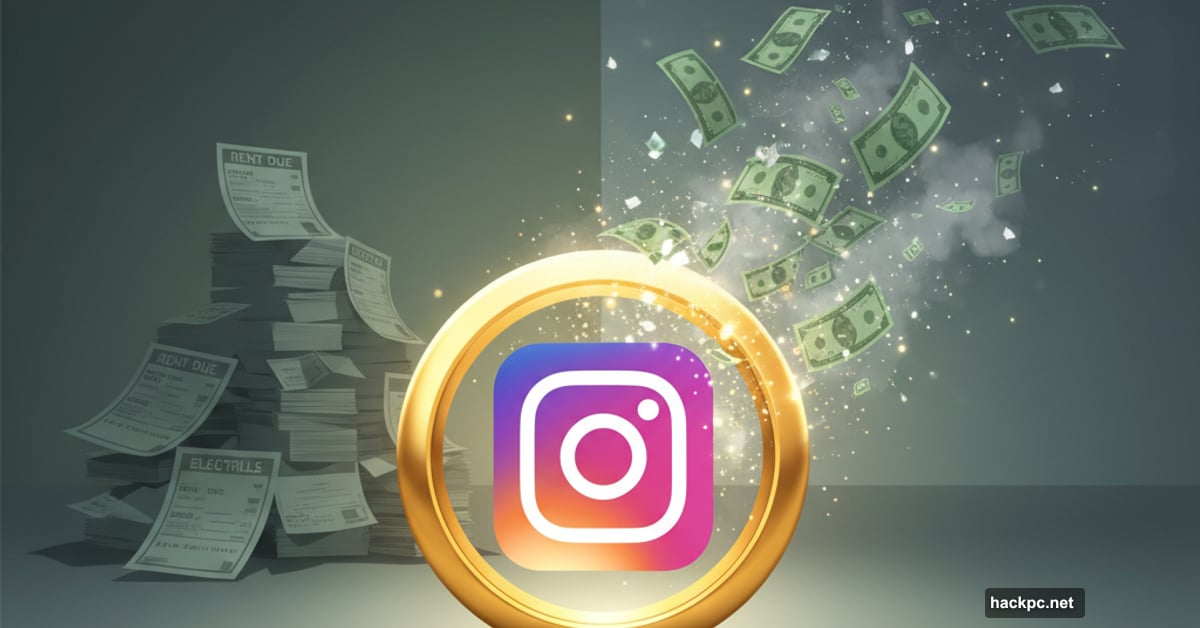
Instagram just launched a flashy new creator award program. Twenty-five lucky creators will get a physical gold ring and a shiny profile badge. But here’s what they won’t get: money.
The timing feels strange. Meta killed its Reels Play bonus program back in 2023. Brand deals dropped 52% last year. Creators are struggling. Yet one of the world’s richest companies is handing out jewelry instead of checks.
Let’s talk about what this really means for creators trying to make a living.
What You Actually Get
Instagram’s new “Rings” award sounds impressive at first. A panel of industry heavyweights picks 25 winners. Adam Mosseri leads the judging alongside Spike Lee, Marc Jacobs, and tech YouTuber Marques Brownlee.
Winners receive a literal gold ring. Plus, they unlock special profile features. You can change your background color. Customize your like button. Add a special badge to your profile.
But scan the announcement again. No mention of prize money. No revenue share. No direct financial support of any kind.
For context, YouTube paid creators over $100 billion in the last four years. TikTok runs its own creator fund. Instagram offers gold rings.
The Money Dried Up
Instagram’s bonus program used to matter for creators. The Reels Play initiative paid based on views and engagement. Many creators depended on those checks to cover basic expenses.
Then Meta pulled the plug in 2023. The decision hit smaller creators especially hard. One Reddit user captured the frustration perfectly: “As stupid as it sounds, in this economy it was a blessing for my household to have the extra money coming in.”
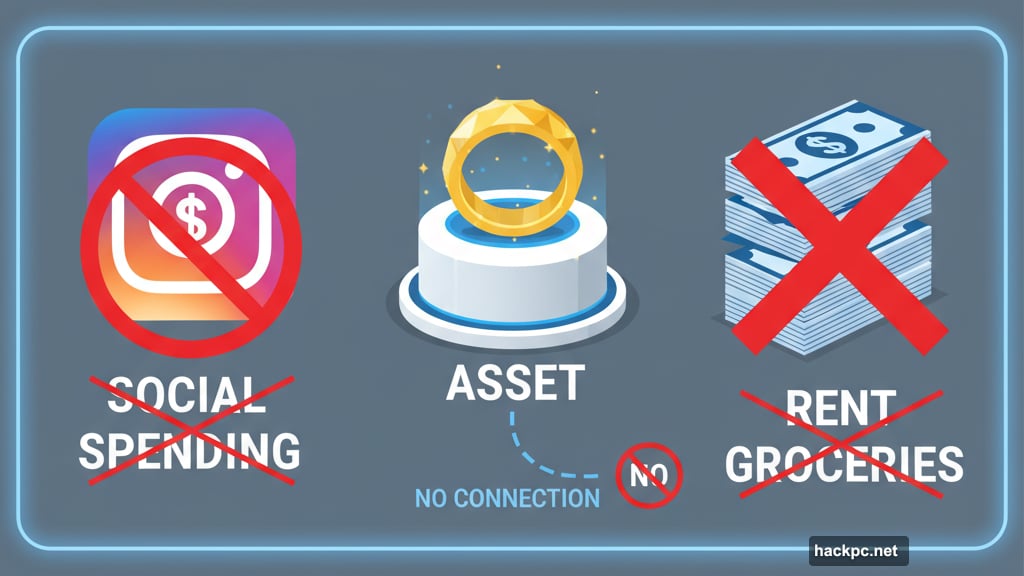
Since then? Silence. Instagram chief Adam Mosseri mentioned in June 2024 that the company was considering new compensation plans. Nothing materialized.
Meanwhile, brand deals collapsed across the industry. Kajabi’s survey showed a 52% drop in creator brand partnerships last year. So the two main income sources for Instagram creators both evaporated.
Meta even started paying creators to promote Instagram on competing platforms like TikTok and YouTube. Those deals have now ended too.
Recognition Doesn’t Pay Bills
Marques Brownlee defended the program to CNBC. He emphasized choosing creators who showed effort and took risks, not just big accounts. The recognition matters, he argued. “It feels good to know that it resonates with people.”
Fair point. Recognition has value. Getting noticed by industry leaders opens doors. A profile badge might attract sponsors or new followers.
But recognition alone doesn’t cover rent. It doesn’t buy groceries. It doesn’t fund the equipment and time required to create professional content.
Plus, only 25 creators win. Instagram hosts millions of active creators. Your odds of winning are microscopic. Even if you create brilliant work, you probably won’t get a ring.
So what’s the real purpose here? It’s an incentive to keep creating high-quality Instagram content without any guarantee of financial return.
The Creator Economy Reality
Here’s what nobody wants to say out loud. Meta designed this program to extract value from creators while minimizing costs.
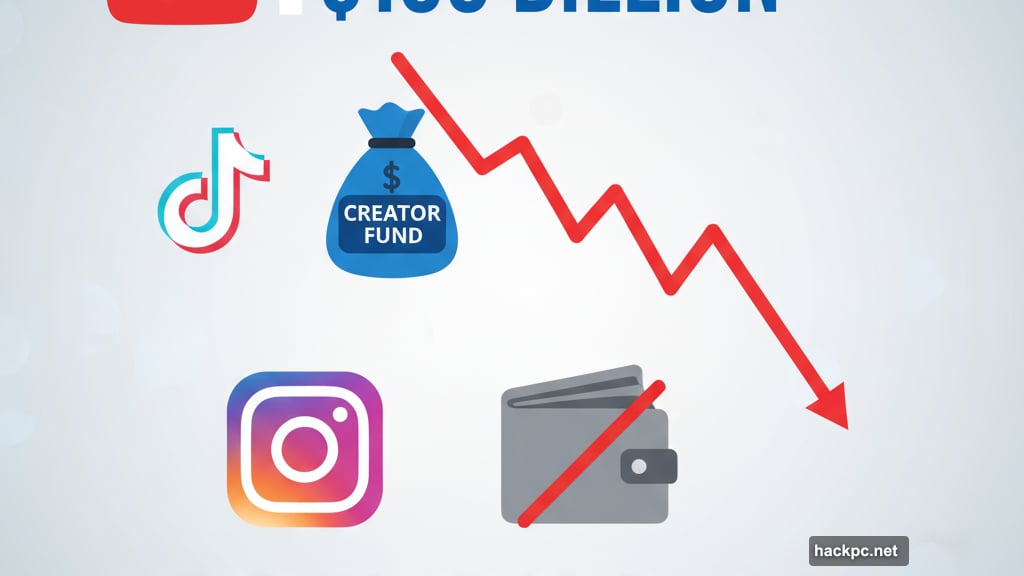
High-quality creator content keeps users engaged on Instagram. That engagement generates billions in ad revenue for Meta. But the company no longer wants to share those billions with creators who make the content possible.
The gold rings program makes this arrangement feel like an honor rather than exploitation. It’s brilliant marketing. Creators compete fiercely for symbolic recognition while Meta profits from their work.
Other platforms haven’t followed this model. YouTube shares ad revenue with creators who meet certain thresholds. TikTok runs a creator fund despite its flaws. Both platforms recognize that paying creators sustains the ecosystem.
Instagram bets that prestige alone will keep creators producing. Maybe they’re right. Plenty of creators will chase those 25 rings. But this approach fundamentally differs from treating creators as business partners who deserve fair compensation.
What This Means for You
If you’re building a creator business, Instagram should be one channel in your strategy. Not your only platform. Definitely not your primary income source.
Diversify aggressively. Build an audience on YouTube where revenue sharing exists. Grow your TikTok presence. Create email lists you actually own. Sell products or services directly to your audience.
Use Instagram for visibility and networking. But assume the platform will never pay you fairly for your content. Design your business model accordingly.
Also, stop waiting for platforms to fix creator compensation. They won’t. Instagram proved that by replacing cash with costume jewelry. The company can afford to pay creators but chooses not to.
Your best bet? Build direct relationships with your audience. Offer them value they’ll pay for. Cut platforms out of the transaction whenever possible.
The creator economy isn’t dying. But the era of platforms paying creators generously has ended. Adapt or struggle. Your choice.
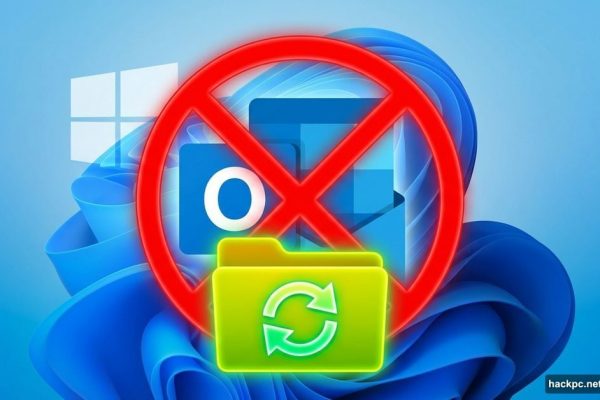
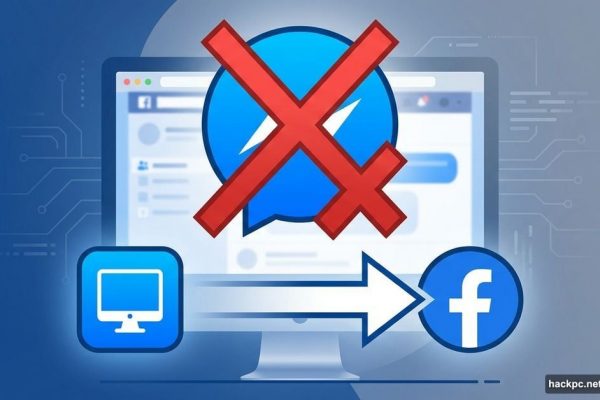
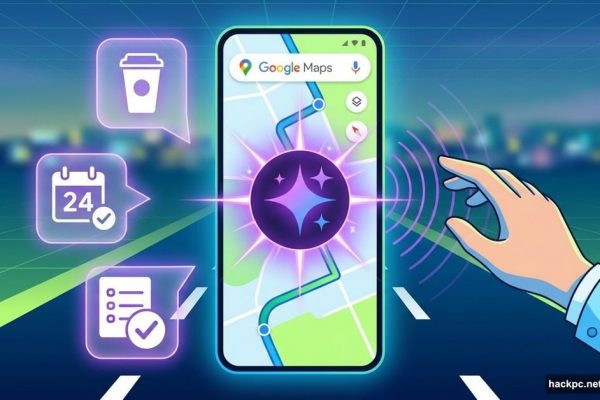
Comments (0)